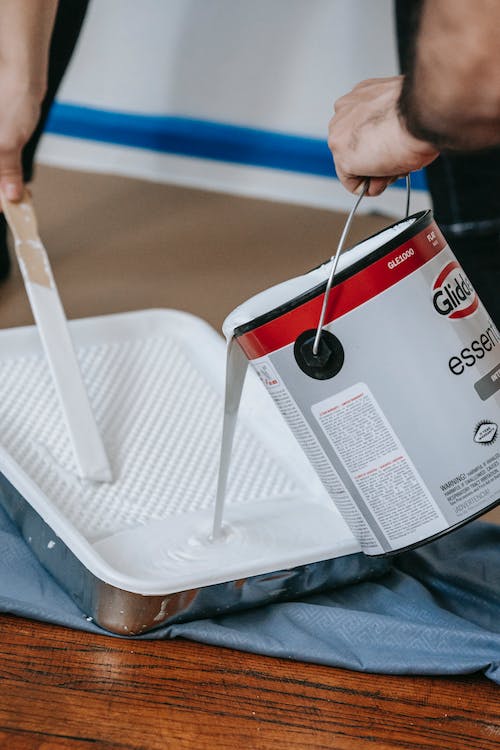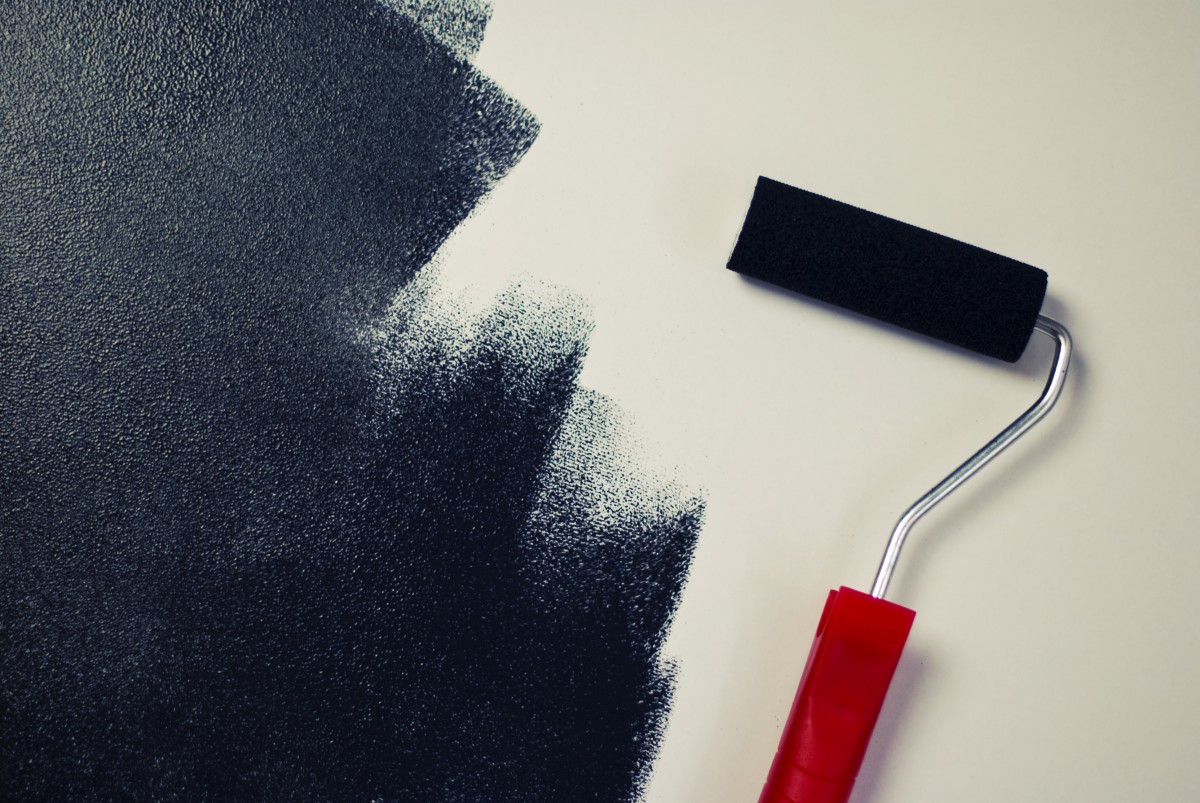How to Paint With Acrylic or Oil
Acrylic paint can be used to paint different indoor and outdoor surfaces. It has many advantages: quick drying, no or little odor, and low toxicity. This type of paint is also called water-based paint because the solvent of this paint is mainly water.
Oil paints are paints whose solvent is organic (gasoline, white spirit, aromatic ketones …). There are different types of oil paints, the main ones being glycerol paint, epoxy paint, and polyurethane paint.
Oil paints are resistant and can paint different surfaces inside and outside (ceilings, floors, woodwork …).
Prepare the surface before painting with acrylic or oil paint
Before applying acrylic paint to a surface, it’s essential to prepare it.
Make sure the surface is:
clean, free of any stains, grease marks, or dust;
sound, with no traces of moisture or mildew;
solid, with no holes or cracks.
Before painting with acrylic, prepare the surface according to its nature:
The preparation of a wall differs depending on whether you are painting a cement wall, a plaster wall, or a previously painted wall covered with tile or glass cloth.
To paint with acrylics on wood or melamine, clean the surface, and sand it if necessary.
Note: when painting a surface, whether it is the floor, walls, or ceiling, remember to protect the spaces and furniture that you do not plan to paint.
Precautions to take when painting with acrylics or oils

Acrylic paint can contain toxic substances, so certain precautions must be taken.
If you are painting indoors, air out the room.
Acrylic paint may contain flammable products, so follow the safety precautions on the package and keep the paint can away from flames and heat sources.
Cover your hair to protect it when painting, and wear cotton clothing that can be washed at high temperatures and does not restrict your movements.
Protect your hands by wearing gloves when handling the paint (opening the can, mixing the paint, and cleaning the tools used to paint with acrylic).
Protect the floor and surfaces you don’t plan to paint with plastic sheeting or newspaper.
Before painting a wall, use masking tape to protect baseboards and corners at the ceiling or adjacent walls.
What materials are needed to paint with acrylics or oils?
To paint with acrylics, choose the appropriate material.
If you use a brush or a brush to paint with acrylics:
Synthetic bristle brushes make it easier to apply acrylic paint.
If you use a roller to paint with acrylics:
Use a synthetic fiber roller.
Choose an 8 mm short nap roller or 11/14 mm medium nap roller to apply a matte or satin effect paint.
Choose a short nap roller to apply gloss paint.
If you are applying the paint with a spray gun, thin the acrylic paint with water in order to get the right consistency.
How do I clean the equipment after painting?
After applying oil paint, clean the equipment with the appropriate solvent that thinned the paint.
Cleaning a roller or brush used with acrylic paint

To clean a brush or a roller:
If it is still loaded with paint:
Run the brush over a piece of paper to unload the paint.
Squeeze the roller sleeve with a painter’s knife to remove the paint.
Fill a tub or basin with hot, soapy water.
Soak the roller or brush and let it drip until the water is saturated.
Repeat as many times as necessary.
Once clean, rinse with clean water and wring out:
Wring out the brush hairs without twisting them. Do not pull on them to avoid tearing them. Let dry before storing.
Wring out the roller sleeve and hang it up to dry.
Cleaning a roller or brush used with oil paint
If it is still loaded with paint, wring it like cleaning acrylic paint. Then:
Fill a tray with solvent and dip the brush or roller into it, bleed until saturated.
Do not discard the solvent. Recover it by transferring it to a glass container hermetically sealed.
Repeat as many times as necessary.
Once you have cleaned the painting tool, transfer the solvent to a glass container (bottle, jar) and seal the container.
Rinse the brush or roller with warm, soapy water to remove any remaining paint.
Once clean, rinse with clean water.
Wring out the brush without twisting it, squeezing the tuft of bristles from the ferrule. Do not pull on the bristles to avoid tearing them.
Wring out the sleeve before hanging it up.
Let it dry.
The solvents you use to clean the equipment can be reused if stored properly.
Let the solvent you have decanted into a tightly sealed container.
Strain and take the paint residue to a waste disposal site.
Label your container to indicate the type of solvent it contains and store it out of reach of children. This solvent can be used again if stored properly.
Cleaning paint accessories
Finally, clean tools, containers, and accessories (paint tray, stencil, sponge, etc.) that have been used to paint with acrylics.
Clean your painting equipment and tools with soapy water and rinse with clean water.

